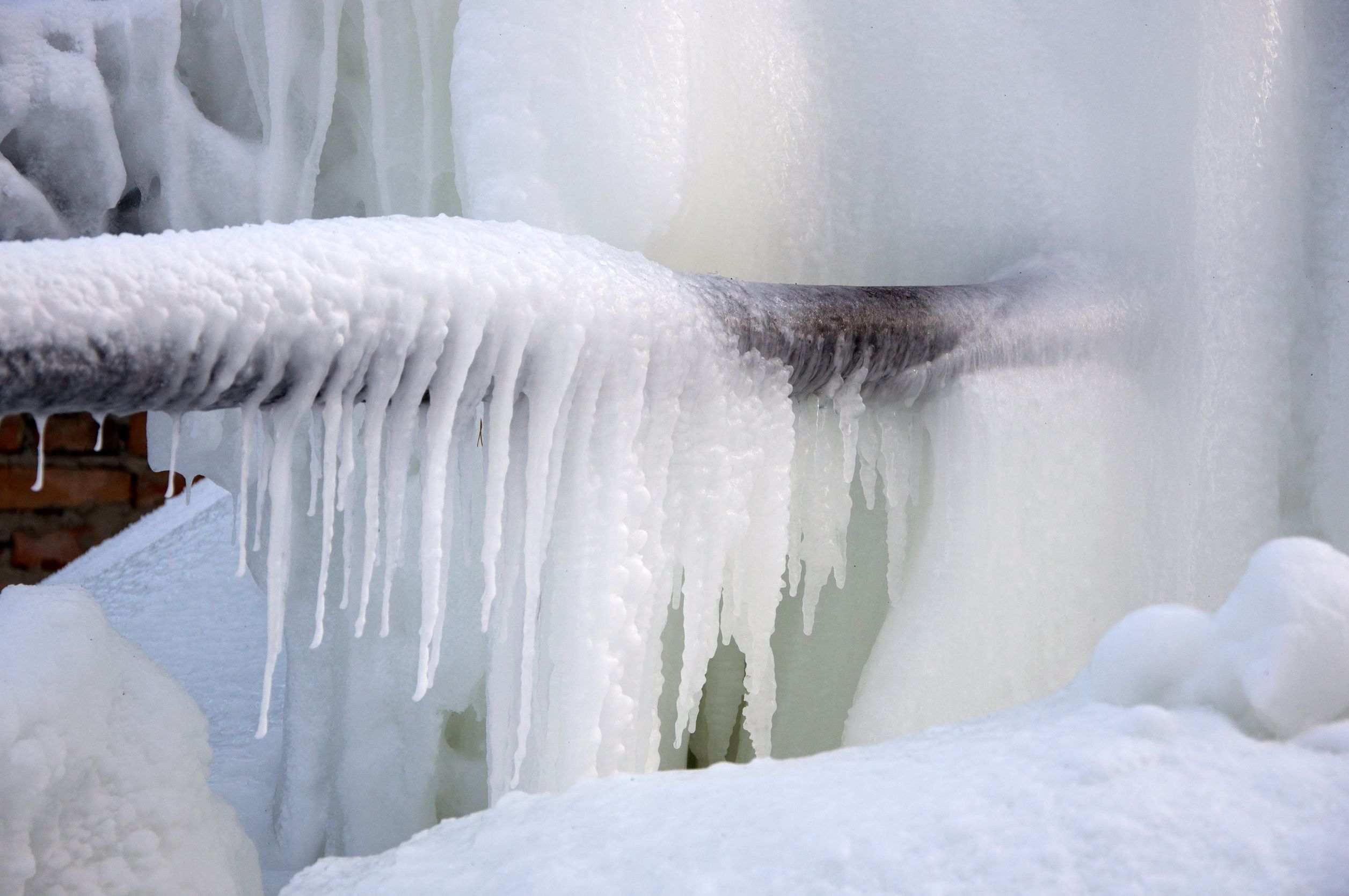Crucial Tips to Prevent Frozen Pipes in Cold Weather
Give Me A Quote!The writer is making a number of great points related to How to Prevent Your Pipes From Freezing as a whole in this article just below.

Cold weather can damage your pipes, particularly by freezing pipelines. Below's exactly how to prevent it from taking place and what to do if it does.
Intro
As temperatures drop, the risk of frozen pipelines boosts, possibly causing costly repair services and water damage. Recognizing how to avoid frozen pipelines is essential for house owners in cold climates.
Comprehending Frozen Pipelines
What creates pipelines to freeze?
Pipes freeze when subjected to temperature levels below 32 ° F (0 ° C) for prolonged periods. As water inside the pipes ices up, it expands, putting pressure on the pipe wall surfaces and possibly creating them to rupture.
Dangers and problems
Frozen pipes can result in supply of water interruptions, property damages, and costly repair services. Burst pipelines can flood homes and cause extensive architectural damages.
Indicators of Frozen Pipeline
Identifying icy pipes early can avoid them from bursting.
Just how to identify frozen pipes
Seek decreased water circulation from faucets, unusual odors or sounds from pipelines, and visible frost on revealed pipelines.
Prevention Tips
Protecting vulnerable pipelines
Cover pipelines in insulation sleeves or make use of heat tape to secure them from freezing temperature levels. Focus on pipes in unheated or exterior areas of the home.
Home heating strategies
Keep interior spaces effectively warmed, especially locations with pipes. Open up closet doors to permit cozy air to flow around pipelines under sinks.
Protecting Exterior Pipes
Yard hoses and outside faucets
Separate and drain garden pipes before wintertime. Mount frost-proof faucets or cover outside taps with shielded caps.
What to Do If Your Pipes Freeze
Immediate activities to take
If you think icy pipes, maintain faucets open to soothe pressure as the ice thaws. Utilize a hairdryer or towels taken in hot water to thaw pipes gradually.
Long-Term Solutions
Structural changes
Think about rerouting pipelines away from exterior walls or unheated locations. Include added insulation to attic rooms, basements, and crawl spaces.
Upgrading insulation
Buy top quality insulation for pipes, attic rooms, and walls. Proper insulation helps maintain consistent temperatures and minimizes the danger of icy pipelines.
Final thought
Protecting against icy pipelines needs aggressive actions and quick responses. By recognizing the reasons, indications, and preventive measures, house owners can shield their pipes during winter.
5 Ways to Prevent Frozen Pipes
Drain Outdoor Faucets and Disconnect Hoses
First, close the shut-off valve that controls the flow of water in the pipe to your outdoor faucet. Then, head outside to disconnect and drain your hose and open the outdoor faucet to allow the water to completely drain out of the line. Turn off the faucet when done. Finally, head back to the shut-off valve and drain the remaining water inside the pipe into a bucket or container. Additionally, if you have a home irrigation system, you should consider hiring an expert to clear the system of water each year.
Insulate Pipes
One of the best and most cost-effective methods for preventing frozen water pipes is to wrap your pipes with insulation. This is especially important for areas in your home that aren’t exposed to heat, such as an attic. We suggest using foam sleeves, which can typically be found at your local hardware store.
Keep Heat Running at 65
Your pipes are located inside your walls, and the temperature there is much colder than the rest of the house. To prevent your pipes from freezing, The Insurance Information Institute suggests that you keep your home heated to at least 65 degrees, even when traveling. You may want to invest in smart devices that can keep an eye on the temperature in your home while you’re away.
Leave Water Dripping
Moving water — even a small trickle — can prevent ice from forming inside your pipes. When freezing temps are imminent, start a drip of water from all faucets that serve exposed pipes. Leaving a few faucets running will also help relieve pressure inside the pipes and help prevent a rupture if the water inside freezes.
Open Cupboard Doors
Warm your kitchen and bathroom pipes by opening cupboards and vanities. You should also leave your interior doors ajar to help warm air circulate evenly throughout your home.

As a keen person who reads about How To Avoid Freezing Pipes, I imagined sharing that post was a good idea. So long as you appreciated our blog posting kindly don't forget to share it. Many thanks for your time. Don't hesitate to come by our blog back soon.
Click Here To Read More